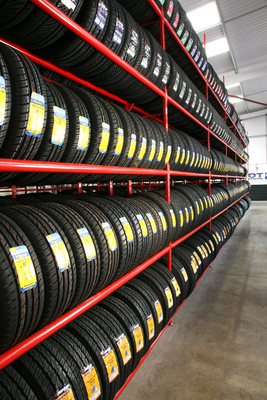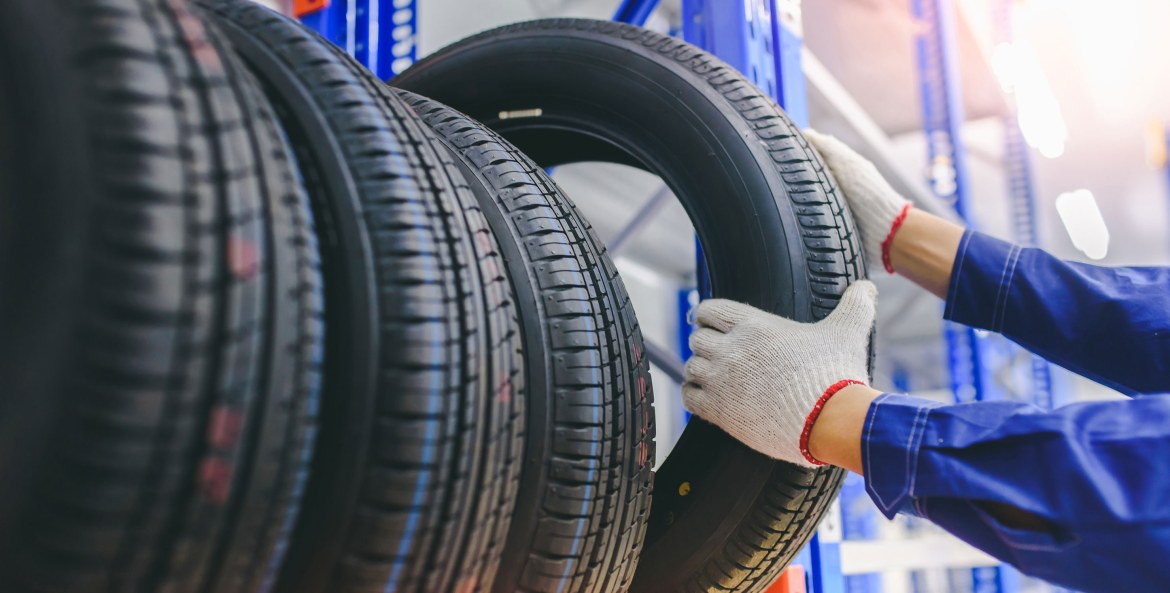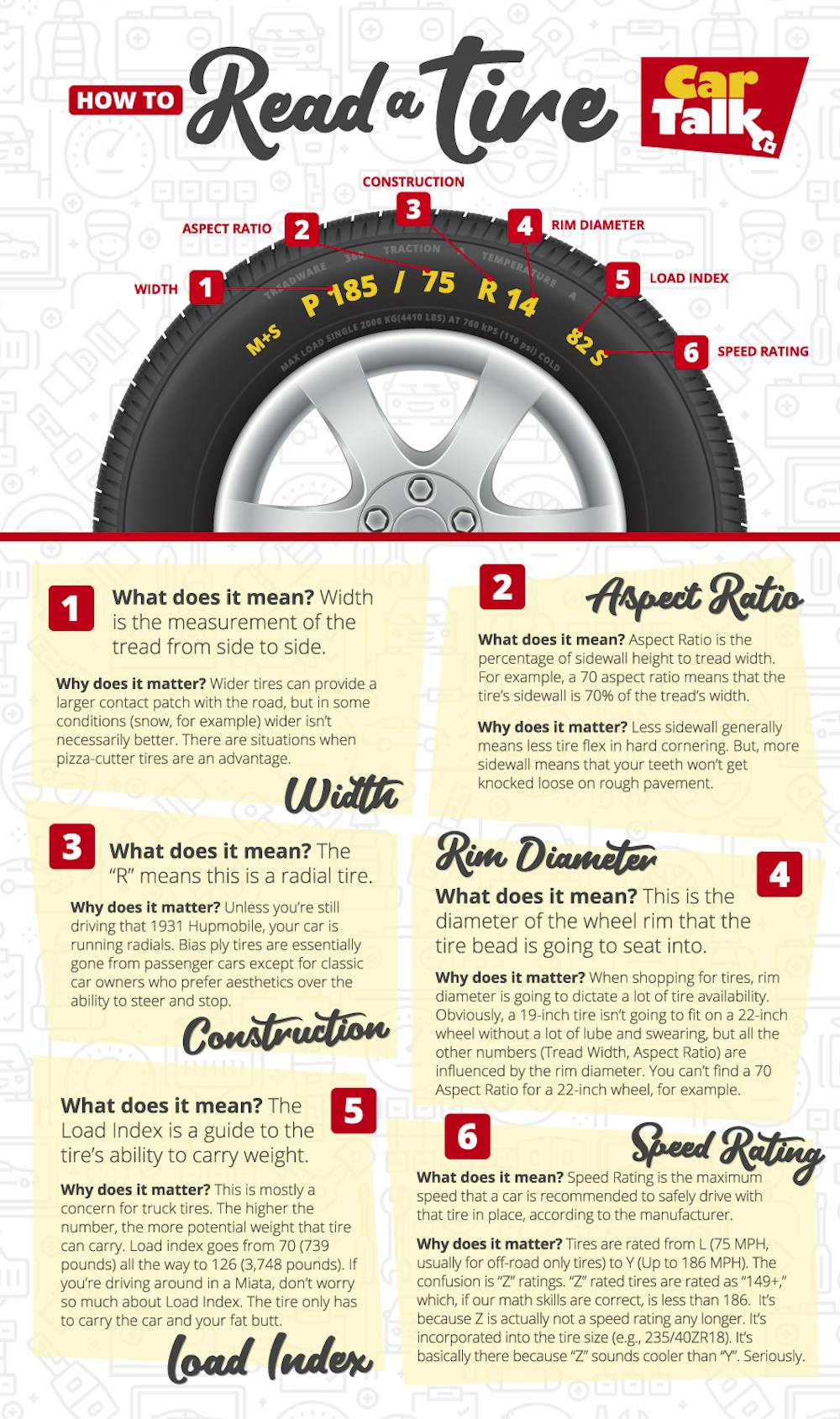All Categories
Featured
Table of Contents
The Michelin used a comfy driving experience, qualified by receptive guiding and a modern understeer balance. Despite the cooler testing problems, Michelin's constant time and hold over 3 laps indicates its viability for real-world applications.
The tire's very first lap was a 2nd slower than the second, aiming to a temperature-related grasp increase. For everyday usage, the Michelin might be a much safer bet.
Affordable Premium Tyre Selection
It shared Michelin's secure understeer balance however did not have the latter's determination to transform. Continental and Goodyear's efficiencies were remarkable, with Continental's brand-new PremiumContact 7 revealing a substantial enhancement in wet problems compared to its precursor, the PC6. This version was far much less sensitive to load modifications and behaved similar to the Michelin, albeit with a little less communication at the limitation.
It incorporated the secure understeer equilibrium of the Michelin and Continental with some flashy handling, proving both foreseeable and fast. As an all-rounder for this Golf GTI, Goodyear's Crooked array was the standout, demonstrating excellent efficiency in the wet. Finally, the Bridgestone Potenza Sporting activity took the crown as the fastest tire, albeit by a small margin.
This tire obtained grippier as it heated up, comparable to the Yokohama. Vehicle drivers looking for an exciting wet drive could discover this tire worth considering. The standout entertainer in wet braking was the most recent tire on test, the PremiumContact 7, though the outcomes are nuanced. We performed damp stopping examinations in three various ways, twice at the new state and once at the worn state.
Reliable Premium Tyre Selection Near Me (Girrawheen 6064 WA)
Ideally, we wanted the cool temperature level examination to be at around 5-7C, however logistical hold-ups meant we evaluated with a typical air temperature of 8C and water at 12C. While this was cooler than basic examination conditions, it was still warmer than real-world conditions. The warm temperature level test was done at an average of 18C air and 19C water.
The third run involved damp stopping tests on used tyres, particularly those machined to 2mm with a small run-in. While we intended to do even more with these worn tires, weather condition constraints limited our screening. It's worth noting that damp braking is most crucial at the used state, as tyres usually enhance in completely dry conditions as they put on.

It shared the most considerable performance decline, along with the Yokohama, when put on. Bridgestone, Goodyear, and Michelin saw the least efficiency reduction when worn. However, Bridgestone and Goodyear's efficiency dipped in cooler conditions. The Hankook tire signed up the tiniest performance drop as temperatures cooled down, but it was amongst one of the most influenced when worn.
Reliable Wheel Balancing – Girrawheen 6064 WA
The take-home message right here is that no solitary tire mastered all facets of wet stopping, indicating an intricate interaction of variables affecting tyre performance under different problems. There was a standout tire in aquaplaning, the Continental finished top in both straight and bent aquaplaning, with the Michelin and Goodyear additionally great in deeper water.

Yokohama can profit from slightly more grasp, a problem possibly affected by the colder conditions. When it comes to dealing with, all tyres carried out within a 2% variety on the lap, demonstrating their high-quality efficiency (Tyre inspections). However, taking into consideration these tyres essentially target the very same client, it interests observe the significant differences in feel.
The surprise is since the PremiumContact 6 was one of my favourites for stylish completely dry drives, however its follower, the PremiumContact 7, appears more mature and resembles Michelin's performance. Among these, Hankook was the least accurate in steering and communication at the limitation. Performance tyres. Both Michelin and Continental provided wonderful first guiding, albeit not the fastest
If I were to advise a tyre for a rapid lap to a newbie, claim my daddy, it would certainly be among these. Then we have the 'fun' tyres, specifically Yokohama and Bridgestone. Both were quick to guide and really felt sportier than the others, yet the trade-off is an extra spirited back side, making them more difficult to manage.
Trusted Tyre Deals
It offered comparable steering to Bridgestone however supplied better responses at the limitation and far better hold. The Bridgestone Potenza Sport, nonetheless, seemed to degrade quite quickly after simply 3 laps on this demanding circuit. There's Goodyear, which placed itself somewhere between the enjoyable tires and those having a tendency towards understeer.
All in all, these tyres are outstanding performers. For roadway usage, I 'd lean in the direction of either the Michelin or Goodyear, relying on your particular choices. In regards to tyre wear, the approach made use of in this examination is what the industry refers to as the 'gold requirement' of wear. The wear specialists at Dekra conducted this examination, which entailed a convoy of cars traversing a very carefully prepared route for 12,000 kilometres.
Both the Bridgestone and Yokohama tires significantly underperformed in comparison to the various other 4 tires in terms of rolling resistance, with Continental slightly surpassing the remainder. Regarding the convenience degree of the tyres, as prepared for, the majority of demonstrated an inverted correlation with handling. The Continental, Michelin, and Goodyear tyres done ideal throughout various surface area types tested.

Bridgestone started to reveal indicators of suppleness, while Yokohama was specifically jarring over splits. We did measure internal sound levels; nevertheless, as is often the case, the results were closely matched, and because of weather constraints, we were unable to carry out a subjective analysis of the tyres sound. Finally, we considered abrasion figures, which determine the quantity of tyre step shed per kilometre, normalised to a one-tonne automobile.
Cheap Car Tyres Near Me – Wanneroo
This number represents the quantity of rubber dust your tires create while driving. Michelin led in this group, producing over 9% less rubber particle matter. On the various other hand, Hankook produced 32% more. This is an aspect I think the industry must concentrate on even more in the future, and it's something Michelin is supporting.
Latest Posts
Top Tyre Servicing – Wanneroo 6065 WA
Cost-effective Car Tyres – Caversham WA
Best Tyre Replacement Near Me